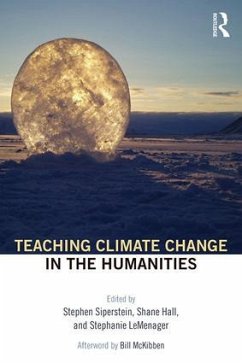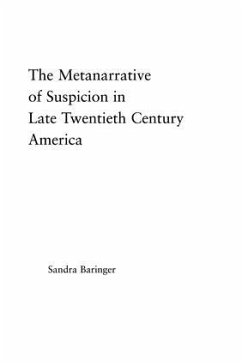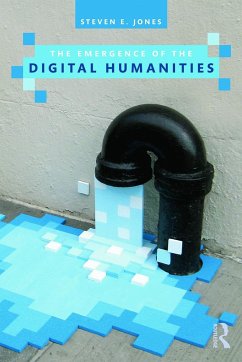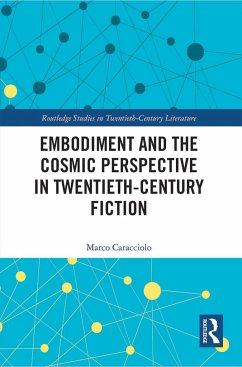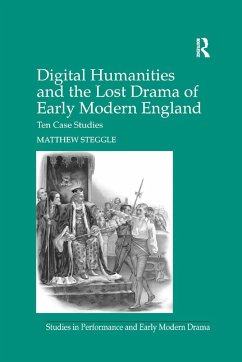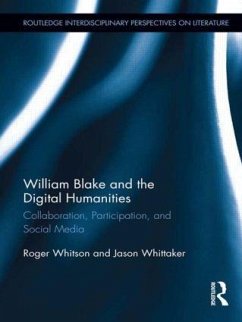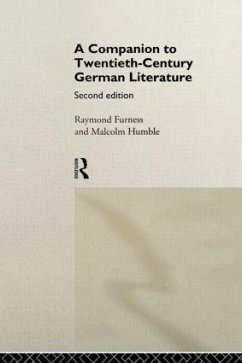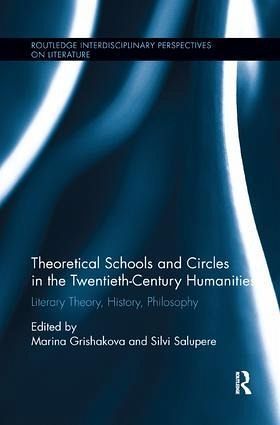
Theoretical Schools and Circles in the Twentieth-Century Humanities
Literary Theory, History, Philosophy
Herausgeber: Grishakova, Marina; Salupere, Silvi
Versandkostenfrei!
Versandfertig in 1-2 Wochen
65,99 €
inkl. MwSt.

PAYBACK Punkte
33 °P sammeln!
Schools and circles have been a major force in twentieth-century intellectual movements. They fostered circulation of ideas within and between disciplines, thus altering the shape of intellectual inquiry. This volume offers a new perspective on theoretical schools in the humanities, both as generators of conceptual knowledge and as cultural phenomena. The structuralist, semiotic, phenomenological, and hermeneutical schools and circles have had a deep impact on various disciplines ranging from literary studies to philosophy, historiography, and sociology. The volume focuses on a set of loosely ...
Schools and circles have been a major force in twentieth-century intellectual movements. They fostered circulation of ideas within and between disciplines, thus altering the shape of intellectual inquiry. This volume offers a new perspective on theoretical schools in the humanities, both as generators of conceptual knowledge and as cultural phenomena. The structuralist, semiotic, phenomenological, and hermeneutical schools and circles have had a deep impact on various disciplines ranging from literary studies to philosophy, historiography, and sociology. The volume focuses on a set of loosely interrelated groups, with a strong literary, linguistic, and semiotic component, but extends to the fields of philosophy and history-the interdisciplinary conjunctions arising from a sense of conceptual kinship. It includes chapters on unstudied or less studied groups, such as Tel Aviv School of poetics and semiotics or the research group Poetics and Hermeneutics. The volume presents a significant supplement to the standard historical accounts of literary, critical, and related theory in the twentieth century. It enhances and complicates our understanding of the twentieth-century intellectual and academic history by showing schools and circles in the state of germination, dialogue, controversy, or decline, in their respective historical and institutional settings, while reaching simultaneously beyond those dense settings to the new cultural and ideological situations of the twenty-first century.






